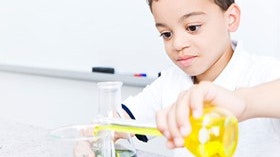Homepage
•
Learning Library
•
Blog
•
Connect English learners to science with online projects
Expand breadcrumbs
Expand breadcrumbs
- Learning Library
- Blog
- Connect English learners to science with online projects
- Homepage
- •
- Learning Library
- •
- Blog
- •
- Connect English learners to science with online projects
Connect English learners to science with online projects
By Emily Walden
July 21, 2014








